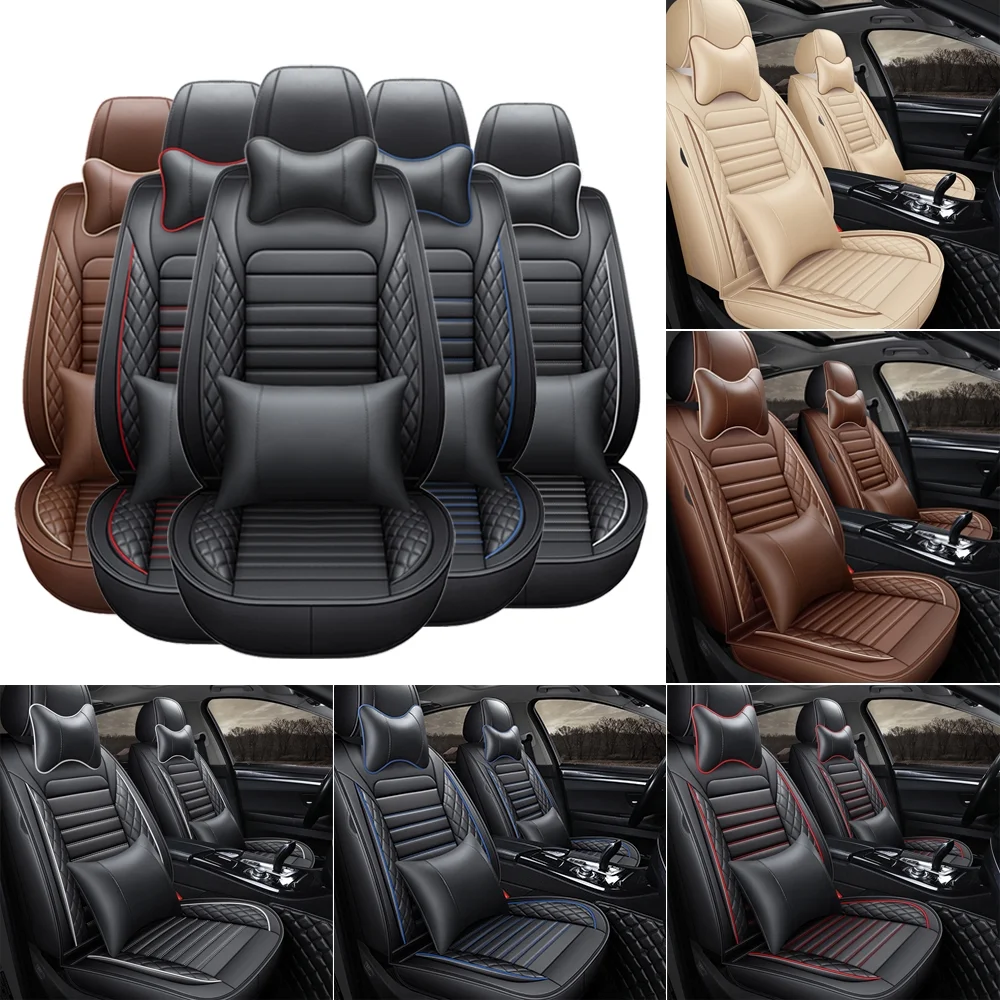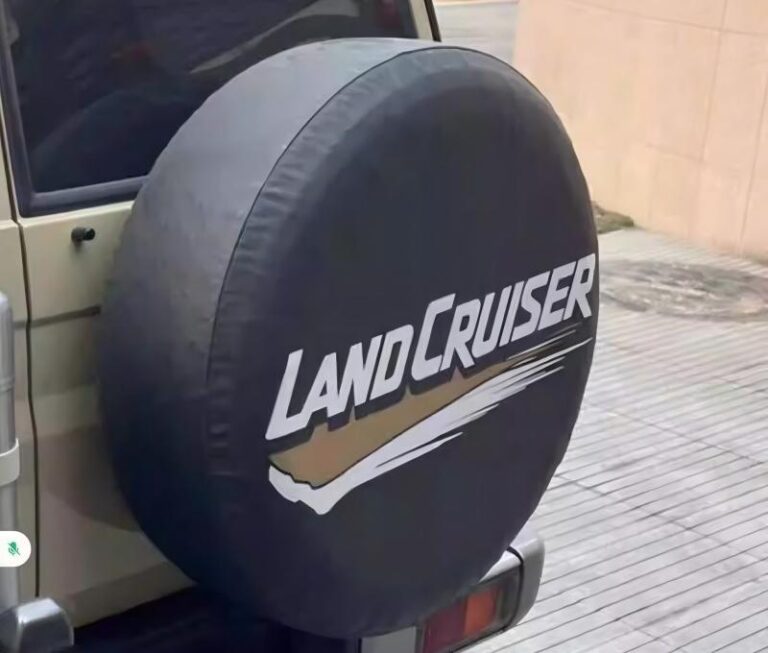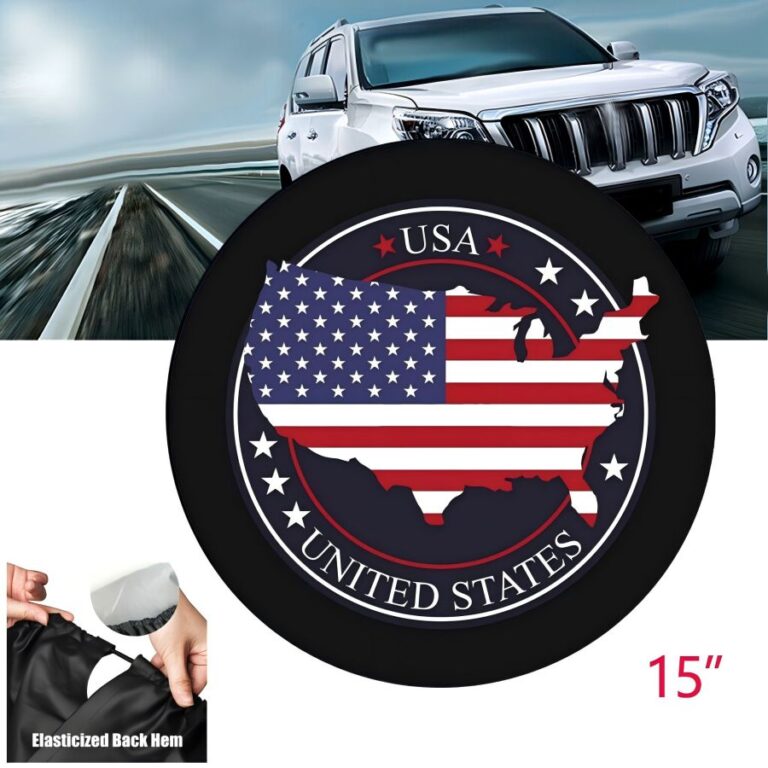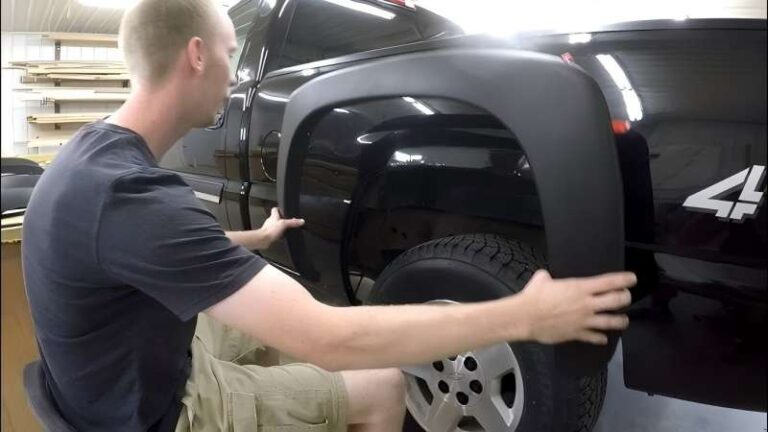-
Xingming Road, Yanyuan, Xingtan, Shunde, Foshan, Guangdong

Comprehensive Analysis of Car Seat Covers: Materials, Manufacturing & Installation
Abstract:
As functional and decorative automotive accessories, car seat covers‘ material selection, manufacturing processes, and installation methods directly impact performance and safety. Based on global automotive aftermarket research and industry standards, this article systematically analyzes 8 core dimensions: material comparisons from linen to microfiber leather, innovations from handmade to industrial production, and scientific installation addressing airbag compatibility. Citing SAE, ISO standards, and OEM solutions from BMW and Toyota, it provides lifecycle management strategies for consumers.
1. Material Revolution: Performance Leap from Natural Fibers to Synthetics
- Linen: Natural linen fibers with 12%-18% porosity absorb moisture 30% faster than cotton, reducing surface temperature by 5-8℃ in summer. However, tear strength is only 35N (ISO 13934-1), requiring anti-abrasion coatings.
- Ice Silk Composite: Polyester-nano TiO₂ blend reflects >92% UV (ASTM G154) with 0.4-0.6 friction coefficient (SAE J2512), balancing cooling and grip.
- Microfiber Leather: Bionic 0.01mm pore structure via sea-island fiber technology achieves 8-12L/(m²·h) breathability (ISO 9237), 40% higher abrasion resistance than genuine leather (Taber Test).
2. Industrial Manufacturing: Precision Cutting & Functional Treatments
- 3D Laser Scanning: FARO Quantum ScanArm captures seat contours with ±0.2mm accuracy, ensuring <1% fitting error.
- Ultrasonic Welding: Replaces stitching, achieving 22MPa weld strength (ASTM D638) and eliminating fabric fraying.
- Nano Coating: Lotus-effect treatment (contact angle >150°) reduces liquid slide-off time to 3 seconds (DIN 55660).
3. Scientific Installation: Dual Assurance of Safety and Functionality
- Airbag Compatibility: FMVSS 208-compliant covers feature rupture seams (5-8N/cm strength) for unimpeded 0.03s deployment.
- Multi-point Anchoring: Aerospace-grade buckles (>50kg strength) and elastic straps limit slippage to <2cm during emergency braking (ECE R17).
- Thermoforming: 80℃ hot-air shaping reduces gaps to <0.5mm, eliminating NVH noise.
4. Material Performance Matrix
| Material | Breathability (L/m²·h) | Abrasion Resistance (cycles) | Ideal Use Case |
|---|---|---|---|
| Linen | 15-18 | 3,000 | Summer urban commuting |
| Ice Silk | 20-25 | 5,000 | Long drives/hot climates |
| Microfiber Leather | 8-12 | 25,000 | Business/pet-friendly use |
5. DIY Production Essentials
- Pattern Design: Allow 8%-12% shrinkage for stretch fabrics (ASTM D2594).
- Sewing Parameters: 2.5-3 stitches/cm with 300-400cN thread tension (JIS L1093).
- Reinforcement: Cordura® nylon patches improve abrasion resistance by 300% (Martindale test).
6. Hidden Risks of Improper Installation
- Airbag Interference: Non-compliant covers delay deployment by 0.2s, increasing HIC by 35% (NHTSA).
- Static Hazards: Low-quality materials (<10^6Ω surface resistance) may disrupt electronics (IEC 61340).
- Formaldehyde Emission: Substandard adhesives release >0.1mg/m³ (GB/T 18883); use water-based PU alternatives.
7. Industry Trends: Smart Seat Cover Solutions
- Phase-Change Materials: BASF’s PCM microcapsules auto-adjust between 22-28℃ (Patent EP3260541).
- Pressure-Sensitive Webbing: Integrated sensors (0.1kPa sensitivity) monitor posture and activate massage functions (CES 2025 Innovation Award).
8. Total Cost of Ownership Model (5-Year)
| Cost Type | Linen Covers | Microfiber Covers |
|---|---|---|
| Purchase | ¥800 | ¥1,500 |
| Maintenance | ¥300 (cleaning) | ¥100 (wiping) |
| Residual Value | 15% | 40% |
Conclusion:
Select seat cover materials using “Environmental Adaptation Principle”: prioritize ice silk for humid regions , choose microfiber leather for business settings. Verify FMVSS 208 & ECE R17 compliance via SAE Database. With graphene thermal films and self-healing coatings, seat covers will evolve into “smart cabin interfaces” within three years.








